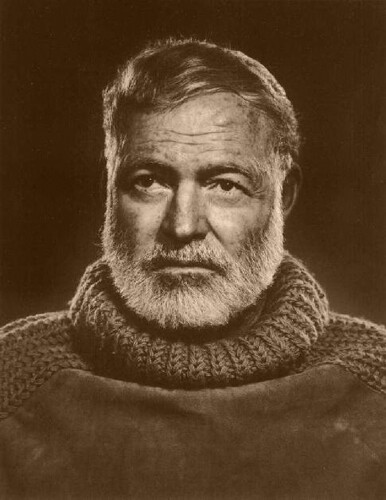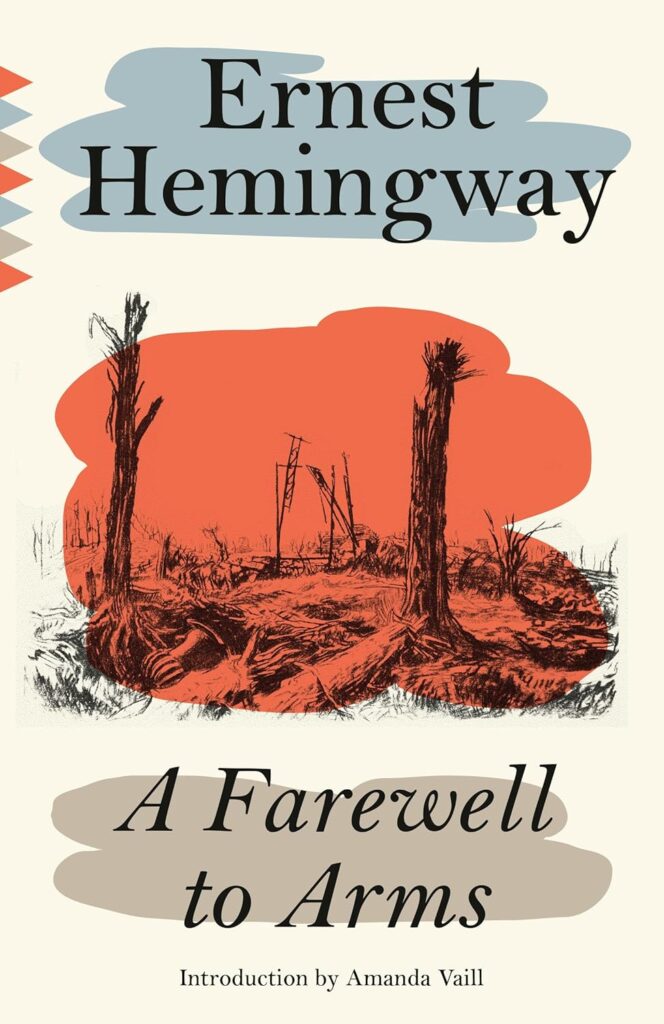
Hemingway, the Writer Who Faced War Head-On
“A Farewell to Arms” is a novel written by American author Ernest Hemingway, first published in 1929. Set against the backdrop of World War I, the story unfolds across the Italian front and the Swiss border. From its initial release, the book received critical acclaim and popular success. It was adapted into a play in the 1930s and made into films in 1932 and 1958. TIME magazine selected it as one of the “100 Best English-Language Novels of the 20th Century,” and it’s listed as recommended reading for the SATs by the U.S. College Board.
Hemingway spent much of his literary career exploring how people endure extreme situations—whether war or wilderness. His own experiences as an ambulance driver in WWI deeply influenced “A Farewell to Arms” and other works such as “The Sun Also Rises.” His time covering the Spanish Civil War inspired “For Whom the Bell Tolls,” and his late masterpiece “The Old Man and the Sea” captures themes of fate, solitude, and endurance. In 1954, Hemingway received the Nobel Prize in Literature. He died by suicide in July 1961 at the age of 62.

Plot Summary: Love Amid Despair
Frederic Henry, an American volunteering as an ambulance driver for the Italian army, is wounded and sent to a military hospital. There, he reunites with nurse Catherine Barkley. Initially dismissive of love, their bond deepens quickly under the weight of wartime uncertainty.
As their affection grows, Catherine becomes pregnant, and the couple dreams of a peaceful life after the war. But reality doesn’t grant them such luxury. The Italian army suffers a major defeat at the Battle of Caporetto. Amid the retreat, Frederic finds himself in a chaotic escape. When two engineers refuse to help him free a stuck vehicle, he shoots one and the other flees. Comrades die or defect, and Frederic is soon detained and falsely accused of treason.
Facing imminent execution, Frederic escapes by diving into a river. He boards a train to Milan and eventually finds Catherine in Stresa. A helpful bartender warns them that the police are searching for Frederic, prompting a desperate flight across Lake Maggiore to neutral Switzerland.
In Switzerland, they settle in a quiet wooden house and await the birth of their child. But tragedy strikes again. Catherine undergoes a difficult labor and an emergency Cesarean section. The baby is stillborn, and Catherine dies from hemorrhaging. The novel ends as Frederic, shattered by grief, leaves the hospital and walks into the rain—alone.
Between War, Love, and Death
This novel doesn’t just use war as a backdrop. It immerses the reader in the mud, the blood, the silence after a comrade’s death. Hemingway’s sparse, direct prose brings an unflinching realism. It’s not the gunfire that lingers, but the silence that follows.
The love between Frederic and Catherine is all the more poignant for blooming in wartime. Their fate seems sealed from the start, but perhaps that’s what makes their love feel so painfully genuine. Hemingway doesn’t romanticize loss—he stares it down and demands the reader to do the same.
Adaptations and Author’s Discontent
The 1930 Broadway play adaptation of the novel failed to capture the spirit of the original. The film versions fared better commercially, but Hemingway criticized one particular adaptation for including an alternate ending where Catherine survives. He viewed this as a betrayal of his work. In Hemingway’s world, death isn’t merely tragic—it’s inevitable, uncompromising, and brutally real.
Writing Truth, Bearing Silence
“A Farewell to Arms” is undeniably a tragedy, but it offers something more profound than sorrow. The novel’s final image—Frederic walking alone in the rain—is not just a picture of grief, but of quiet dignity. Hemingway rewrote